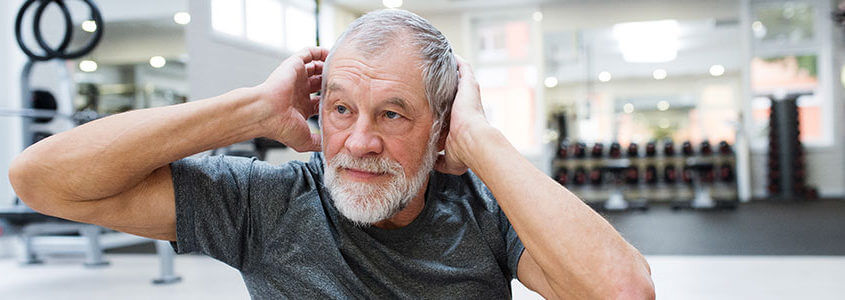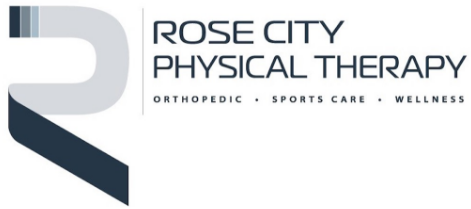ACTIVE AGING & SPORTS INJURIES

By Karl Kolbeck, PT, OCS, SCS, COMT, FAAOMPT, CO-OWNER & Sasha Kolbeck, MPT, DPT, OCS, COMT,
CO-OWNER
We in Portland are known to be active. We are home to many active wear companies and training for Olympians. Motivation for sports participation – whether it be recreational, club or competitive – includes enjoyment, social outlet, stress management, and cardiac, musculoskeletal and general health. As we age, there is the desire to continue to be active and avoid injury.
A safe guide is the ‘10% Rule’ – only increasing distance or intensity of activity by 10%.
Overhead racquet sports can lead to overuse injuries of the shoulder, elbow, wrist and spine. Runners are prone to lower extremity and spine injuries. Swimmers may deal with shoulder and spine overuse conditions. Cyclists find limitation by upper extremity nerve and spine injuries and traumatic soft tissue tears, dislocations and fractures. Golfers can be frustrated by overuse injuries of the shoulder, elbow, wrist and spine.
With aging brings physiologic changes to the cardiovascular, musculoskeletal, and balance systems, some of which can be counteracted through exercise. Notwithstanding the benefits of sports participation, these physiological changes need to be considered and training modified to decrease risk of injury for the aging athlete.
While injuries are not completely avoidable, there are some actions to take that can extend activity level and decrease injury rate. Important measures include proper nutrition and hydration, lengthening the dynamic warm up, stretching after exercise, listening to your body as to when rest and recovery is needed, and using ice as needed for aches and pains. A safe guide is the ‘10% Rule’ – only increasing distance or intensity of activity by 10%. Wearing appropriate clothing for the conditions, and including strength and balance training at least twice a week are important. For runners, also including varying training surface as well as wearing proper fitting shoes and replacing shoes every 500 miles. Cyclists should seek a professional bike fit. Sport involving equipment should be properly maintained.
For persistent pain or disruption of activity, seek professional treatment from specialists such as your physician and a physical therapist that works specifically with musculoskeletal care.

